THE irony is not lost on us that Norm Hardinge – the man best known for supplying radiators through his Aussie Desert Cooler business – has gone and set a Bonneville land speed record in a car that doesn’t have a radiator! Yes, we do know they still have oil coolers, but it’s still pretty funny.
The car Norm drove into the record books was the Karmann Ghia of Chris Mursick, a bloke out of Seattle, Washington that Norm met at this year’s DLRA Speed Week at Lake Gairdner. Chris was part of the team that included Keith Turk and Hot Rod’s Dave Freiburger, who brought along three Camaros to race on the Aussie salt. Norm and Chris hit it off and formed an instant friendship.
At this point you might assume that Norm kept in touch with Chris in the months leading up to Speed Week at Bonneville. You know – sharing information, checking licensing requirements, getting all the safety gear organised, discussing the intricacies of the vehicle and how it may differ from the ’34 roadster that Norm is used to driving. Yeah, nah.
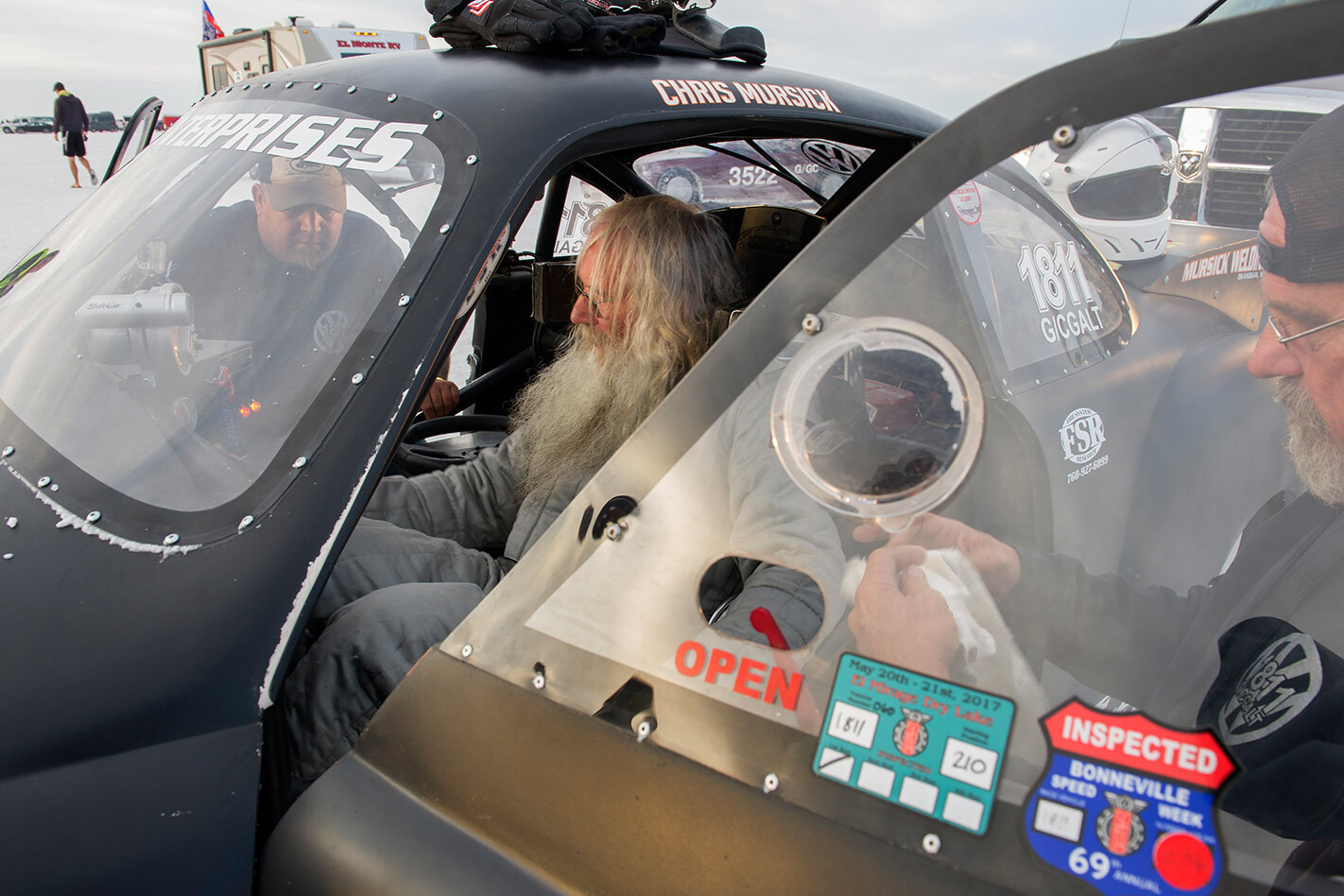 “Myself, Rod Hadfield, and Darren Milburn decided we’d all go to Bonneville,” Norm explained. “When we arrived we got our credentials and went to the pits for a look, got out of the car and I hear: ‘Norm!’ It was Chris, and he says: ‘It’s great to see you. You’re driving my car.’ I said: ‘Okay!’
“Myself, Rod Hadfield, and Darren Milburn decided we’d all go to Bonneville,” Norm explained. “When we arrived we got our credentials and went to the pits for a look, got out of the car and I hear: ‘Norm!’ It was Chris, and he says: ‘It’s great to see you. You’re driving my car.’ I said: ‘Okay!’
“The Karmann Ghia that he’d built was a brand-new car. Normally when you lower a VW the rear wheels go stupid, so he channelled it instead. It was low-as, and he painted it flat black – which is my favourite colour on a race car.”
The plan was for Chris to set a record in the Gasoline class, which was pretty soft at just 108mph, then hand the car over to Norm to set the record in the Fuel class. Things were all looking pretty good when Chris went out and ran 123mph right off the bat. But with land speed racing, breaking the record is a two-step process. You need to back up that first run the next morning and then the two runs are averaged, and if everything goes to plan, you’ve got yourself in the SCTA record books amongst some of the greatest names in the automotive world.
Of course, things don’t always go to plan. “On the back-up run the motor just shit itself,” Norm said. He figured his chances of setting a record were over. “Chris rang me and said: ‘We’re putting another motor in and we’re putting you in the car.’ I had to leave on Tuesday, but Chris said he had all week to race, so I went out and ran 125mph. I changed from third to fourth at about 6800rpm and it just wouldn’t pull any more, so I left it in third and revved it right out past 7000, and that put me into impound.
“We were the first ones to run the next morning and I did everything perfectly. The guy that built the motor, Juan Cole [from JRC Enterprises], is a VW guru in California who builds all these wild motors. This thing would idle and you could take it straight to 7500rpm; it was an amazing little motor. I was taking it to 7500 in each gear and when I pulled top gear at about the two-and-a-half-mile mark it stopped pulling. With the average of the two runs I ended up with a 124mph record, up from 108.
“We went back into impound, where they check that you haven’t interfered with your fuel, and check the cubic capacity of the motor by pulling out a sparkplug, putting a tube in the plug hole and cranking the motor over. When they went to put the tube in they said: ‘One of your plug leads is off.’ So, we set the record on three cylinders!”
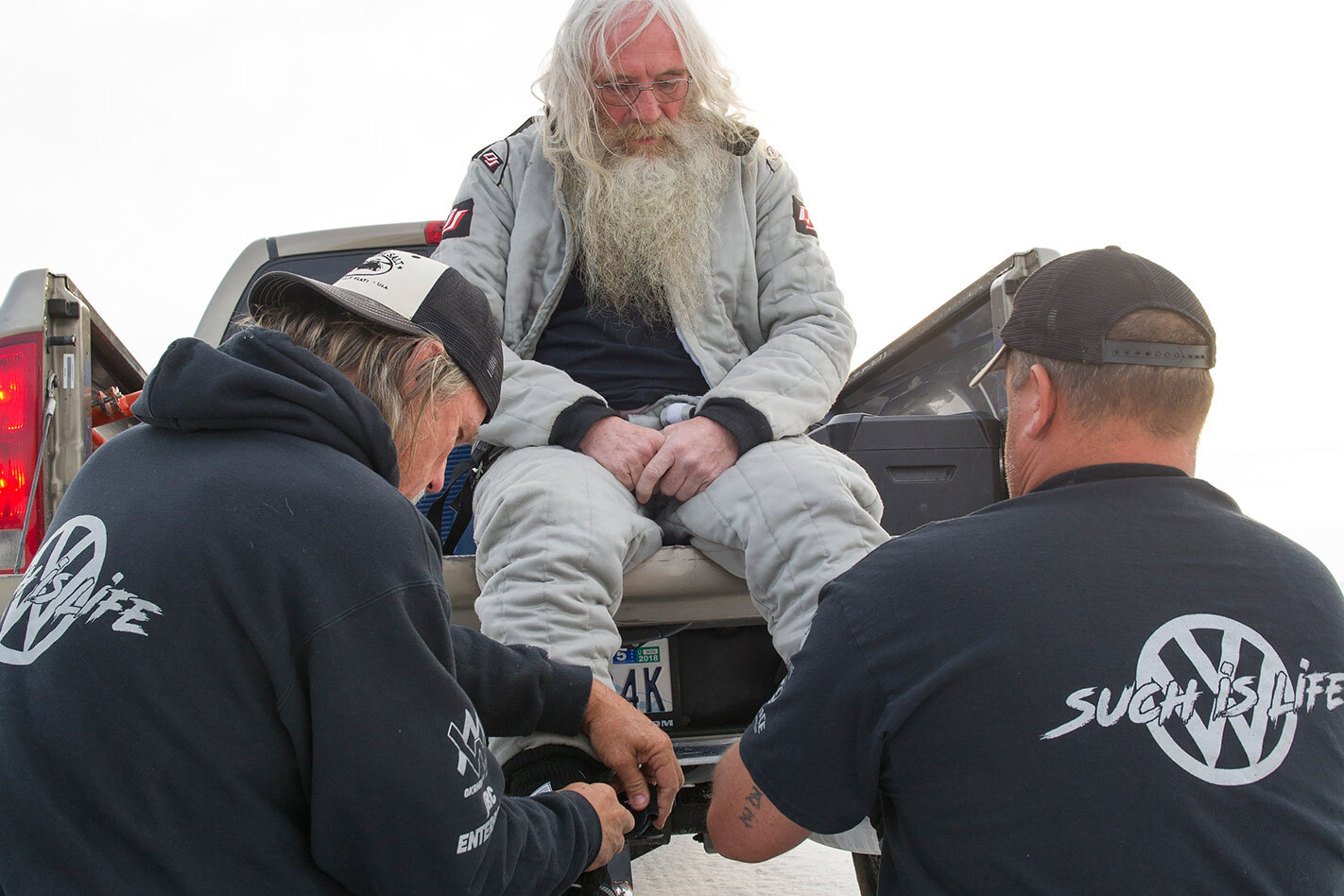 VWTF?!
VWTF?!
I MANAGED to get hold of Juan Cole from JRC Enterprises and get some info on how you make a VW go so fast. As it turns out, it doesn’t take a million dollars or a whole host of exotic parts. “The engine Norm ran in is not a high-dollar unit,” Juan said. “The case and heads are VW, the camshaft is an Engle FK-89, rods are Scat I-beam and the heads I ported myself with a 40mm intake and 35.5mm exhaust. The carbs are 48mm Italian Webers – IDF, not IDA – and the pistons and cylinders I bought at a scrap auction. I was able to pick them up for $30. Rocker arms are 1.4 ratio, and I cut my own pushrods to fit.
“As far as making it live at 7500, the best advice I can give is to not to run a full-flow oil filter on a VW engine. The way the industry says to hook one up, you defeat the purpose of the pressure relief valve in the case and add a restriction to the flow of oil to the main and rod bearings. I prefer to have unfiltered oil in good supply to my bearings, rather than restricted cleaner oil. VW engines didn’t come with oil filters anyway. I also prefer the stock dog-house oil cooler over remote ones; they do a good job and there is less stuff to go wrong.
“The engine is 1968cc, and last year at Bonneville I made six back-to-back runs – all in the 140mph range – with the best being 143.99. That was with a 009 Bosch distributor. This year we used the same ignition that was on Chris’s engine, and we had ignition problems [the number-two sparkplug wire wouldn’t stay on] while Norm was driving. So he basically set his record on three cylinders.”
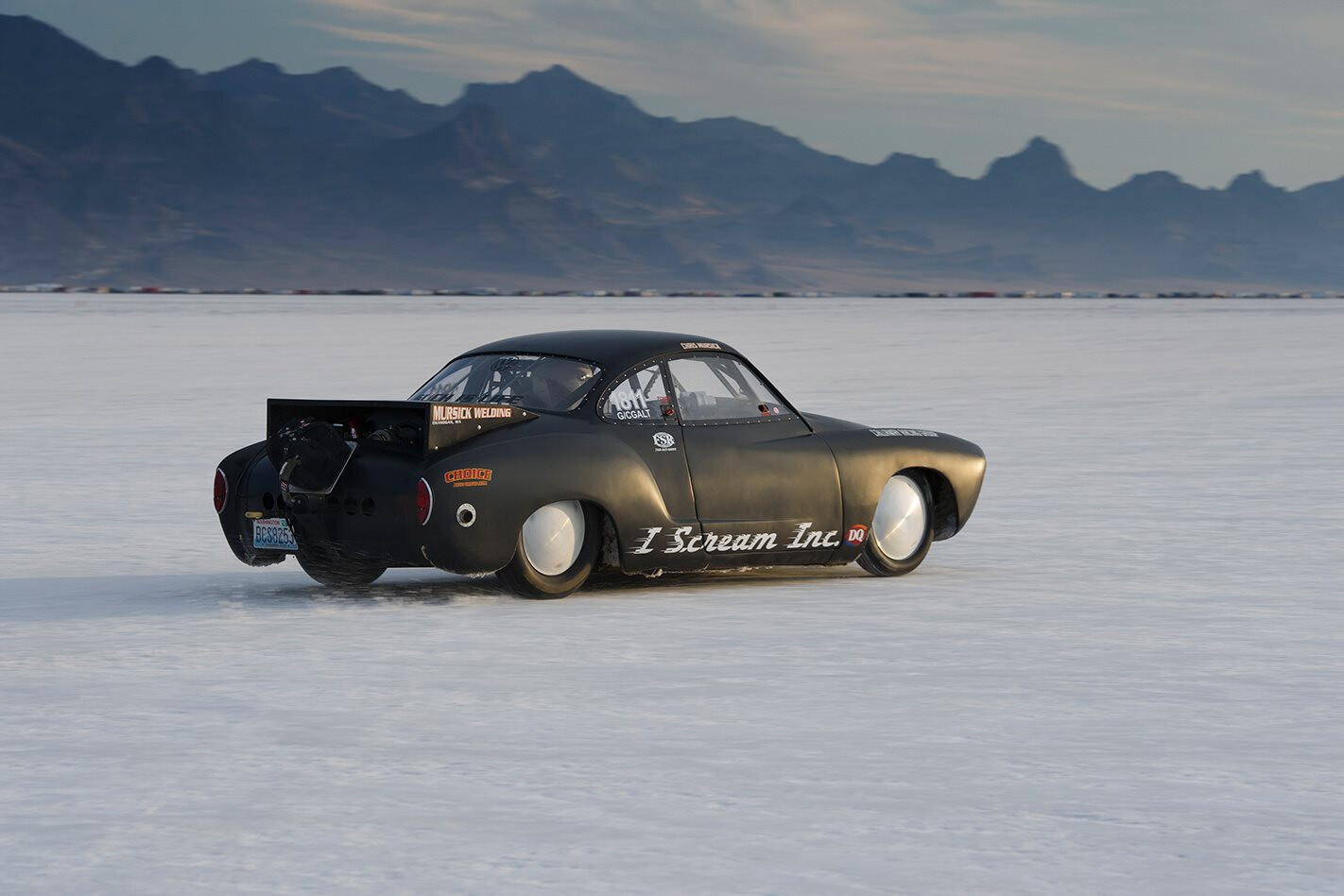
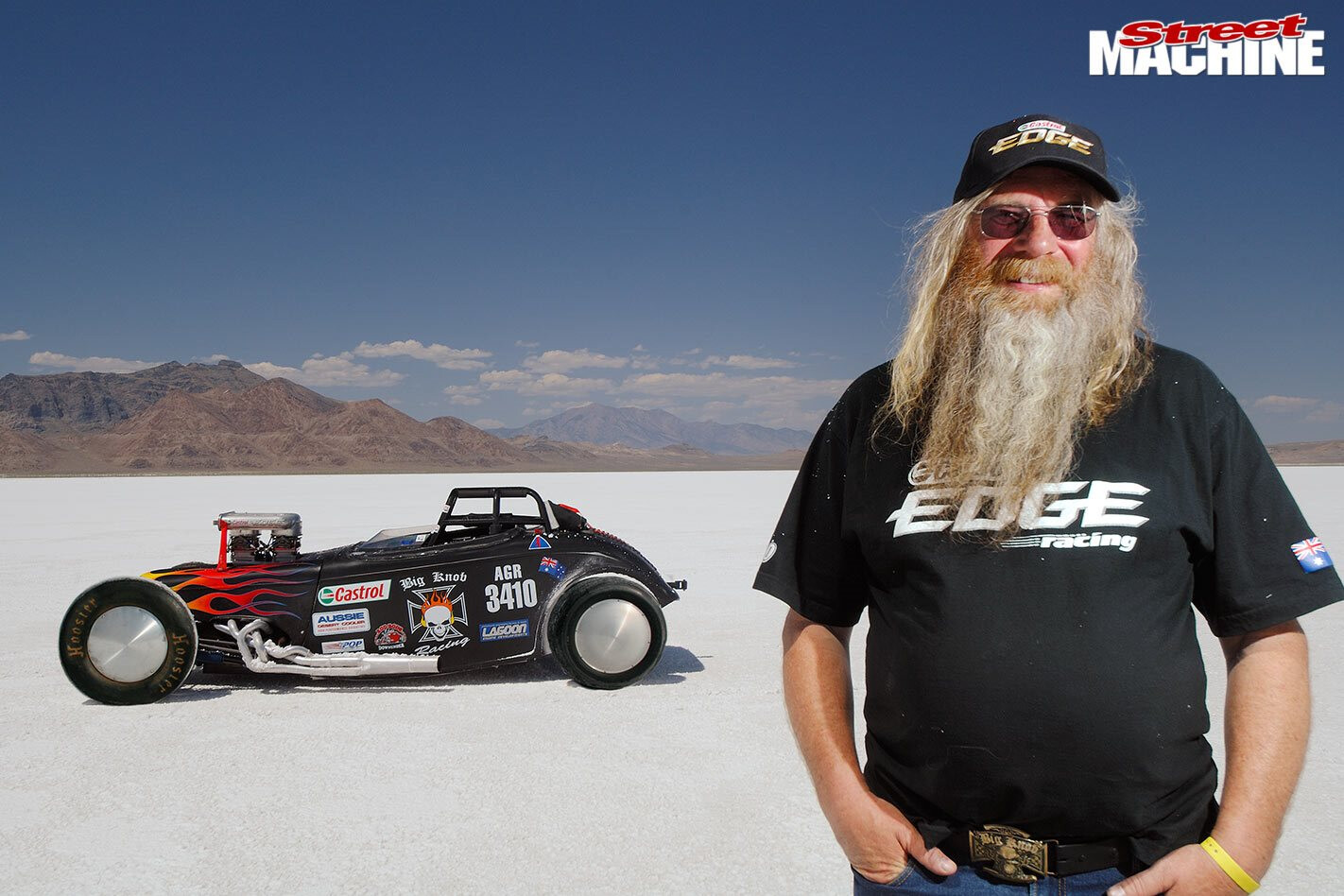
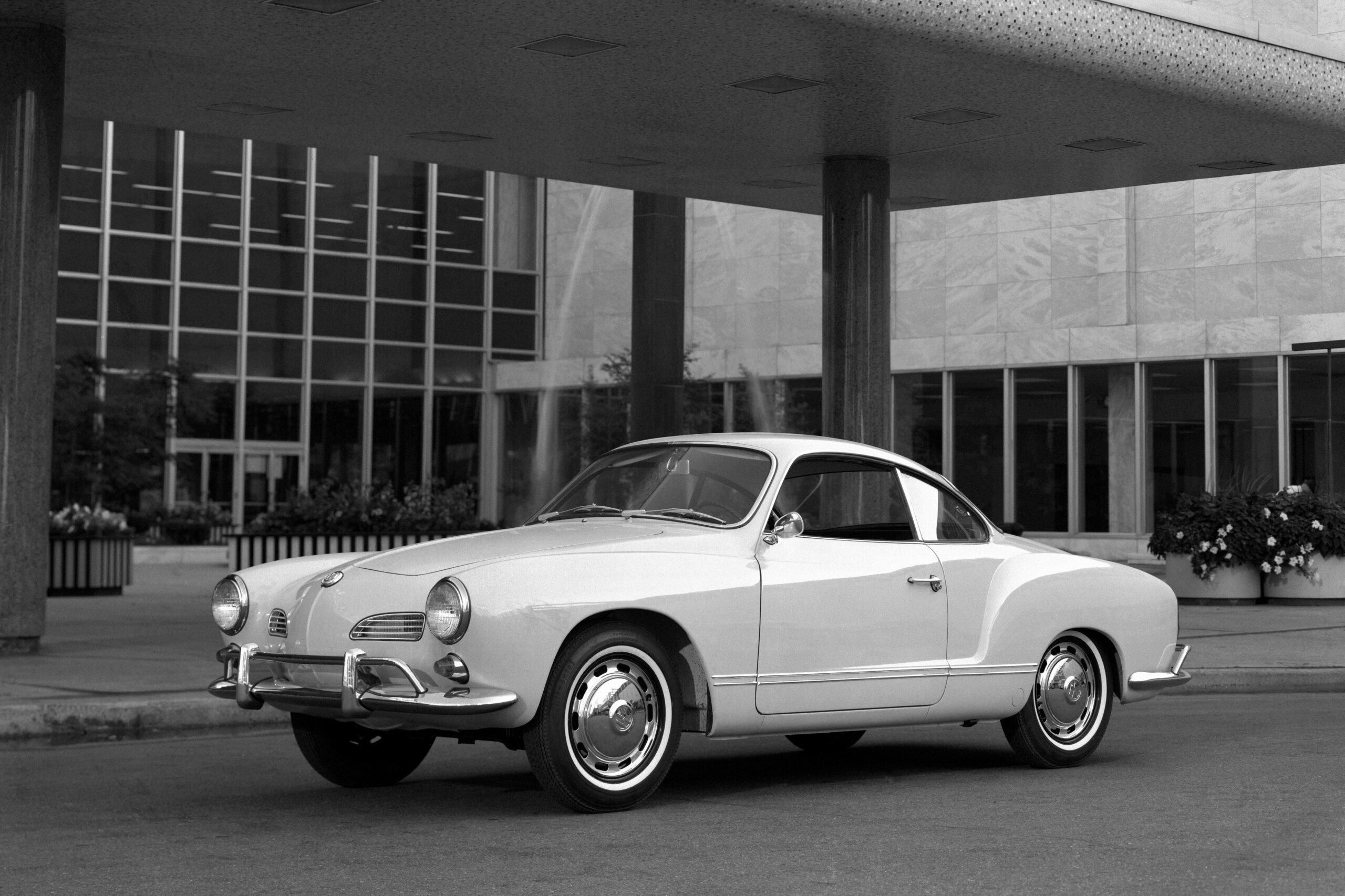
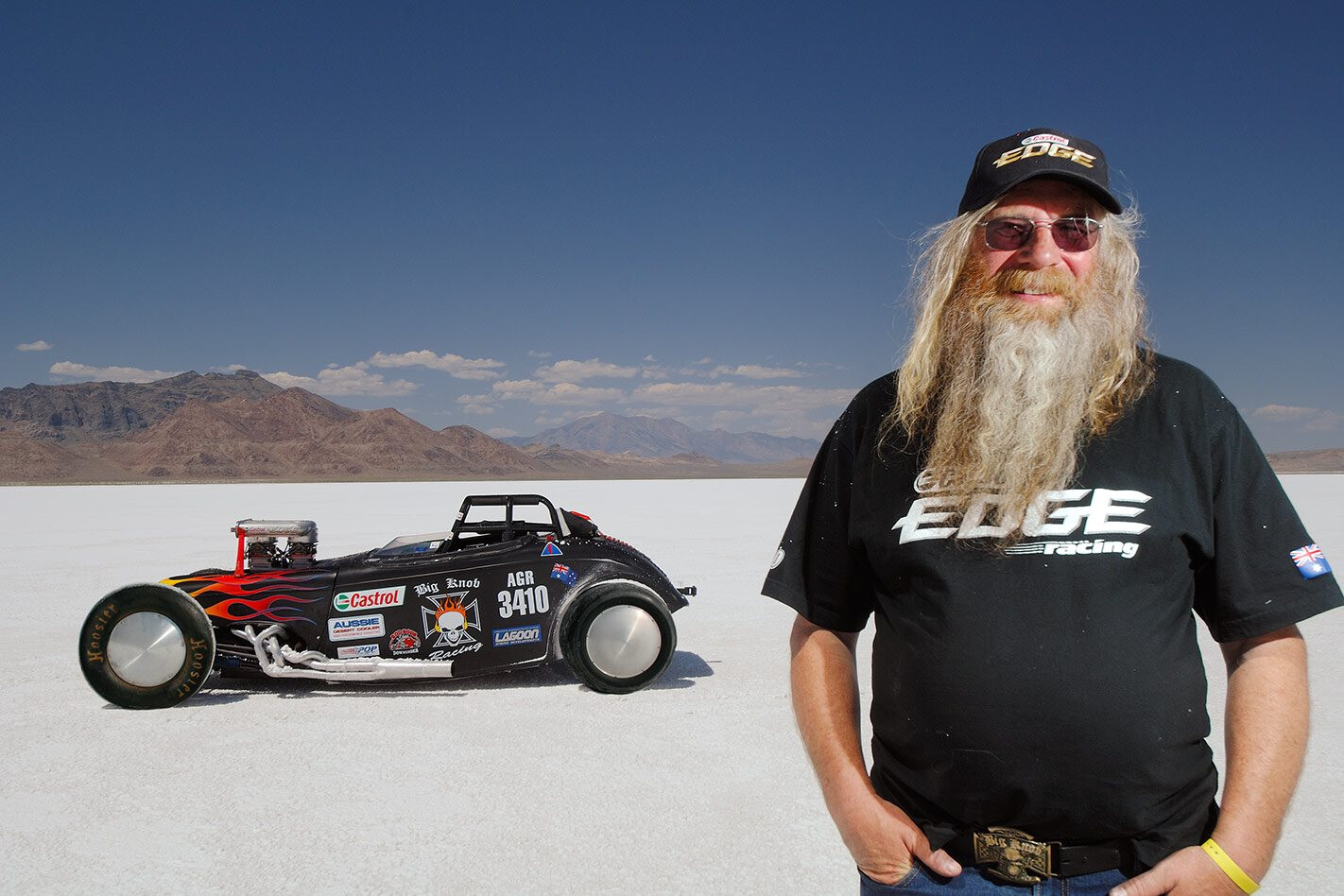
Comments